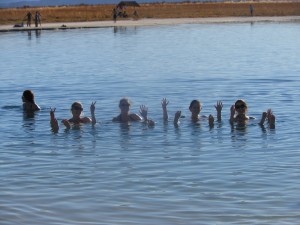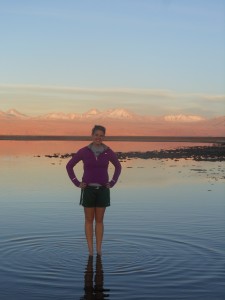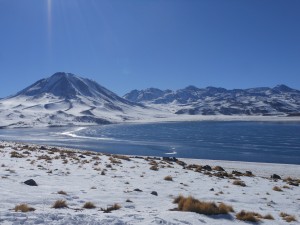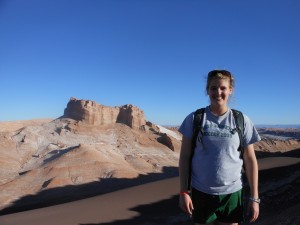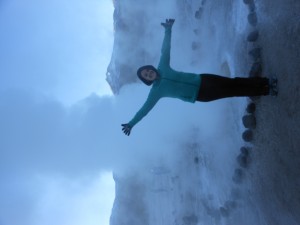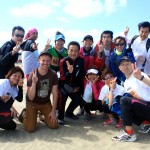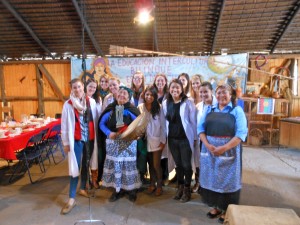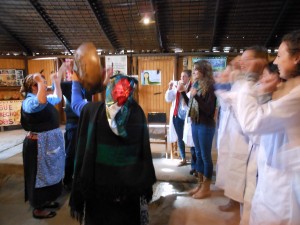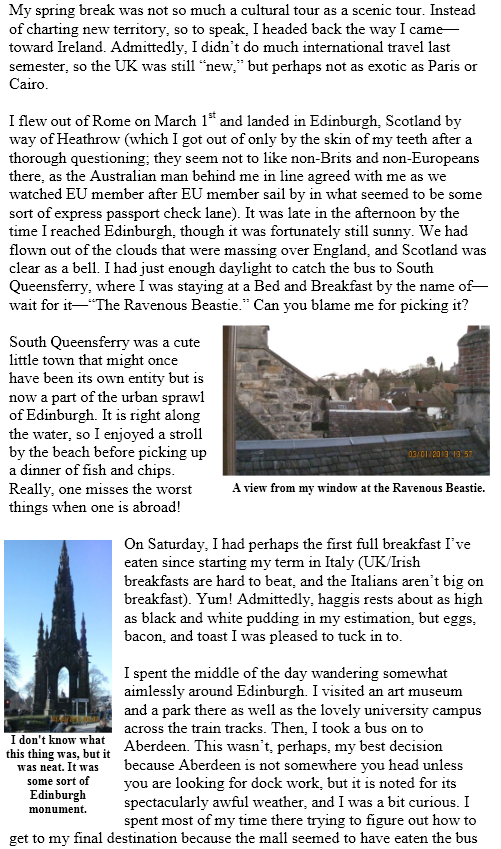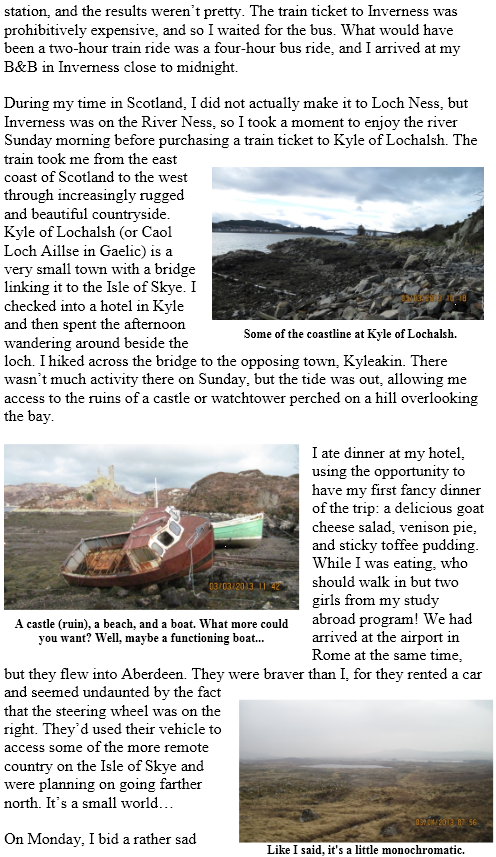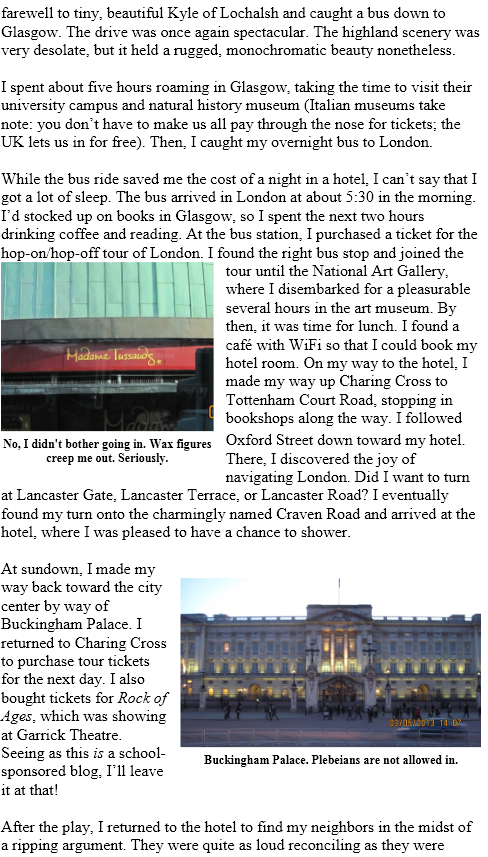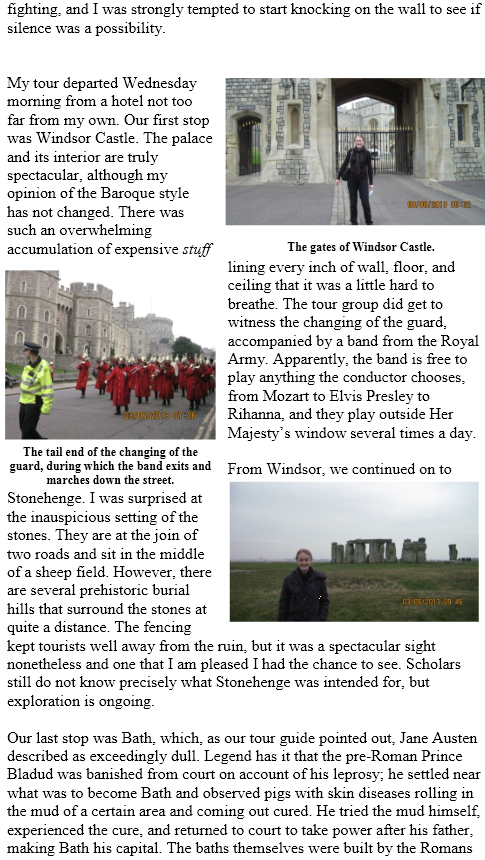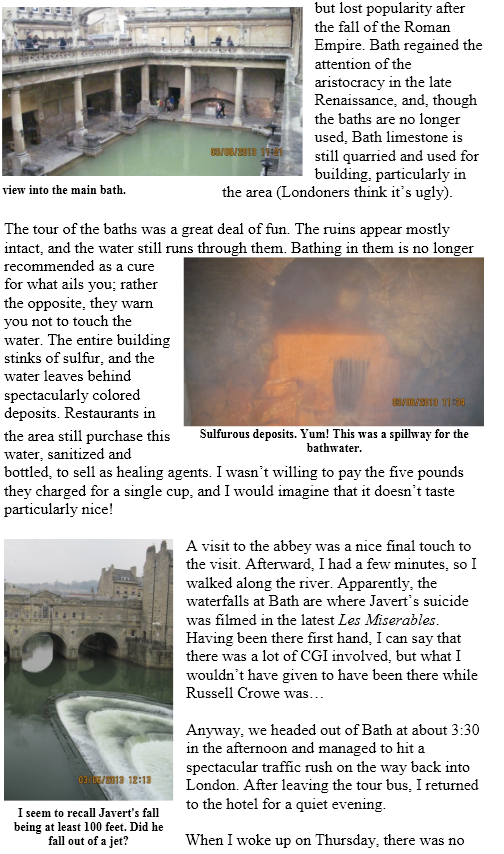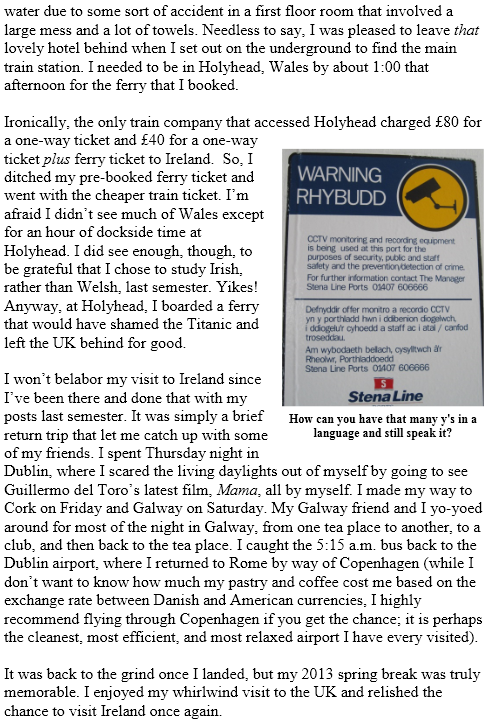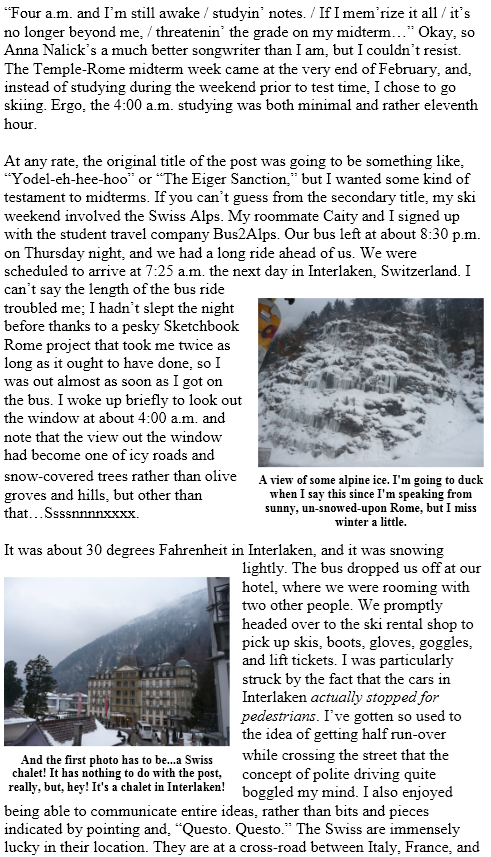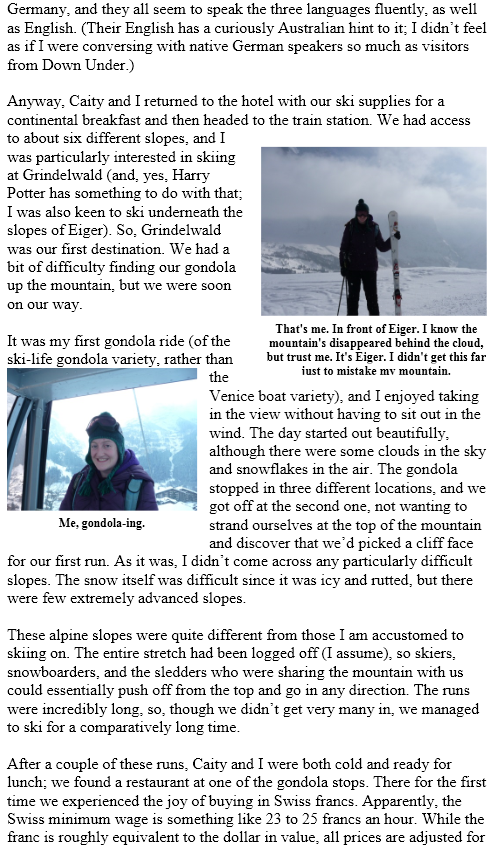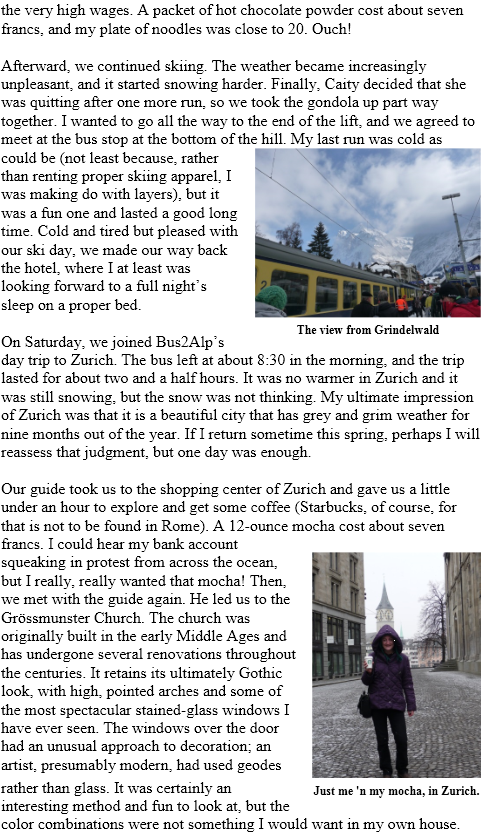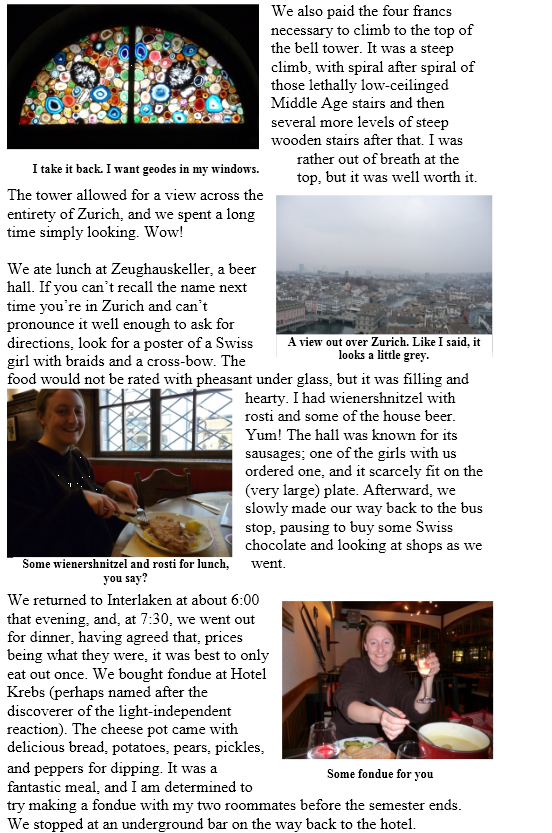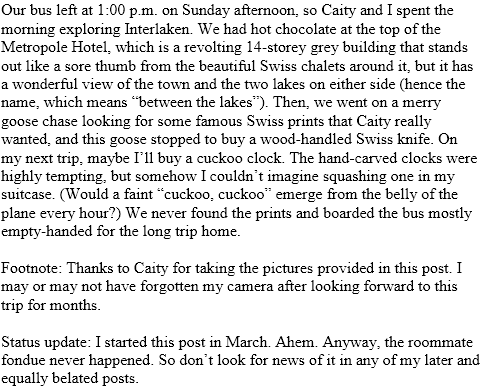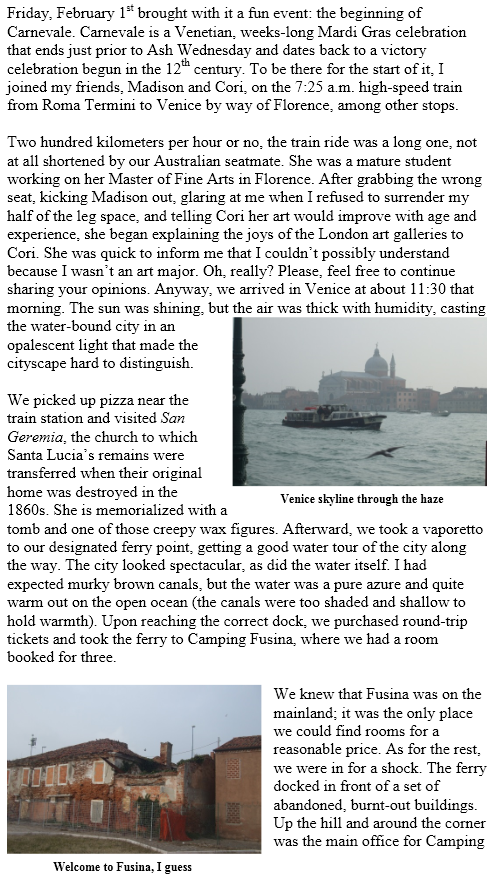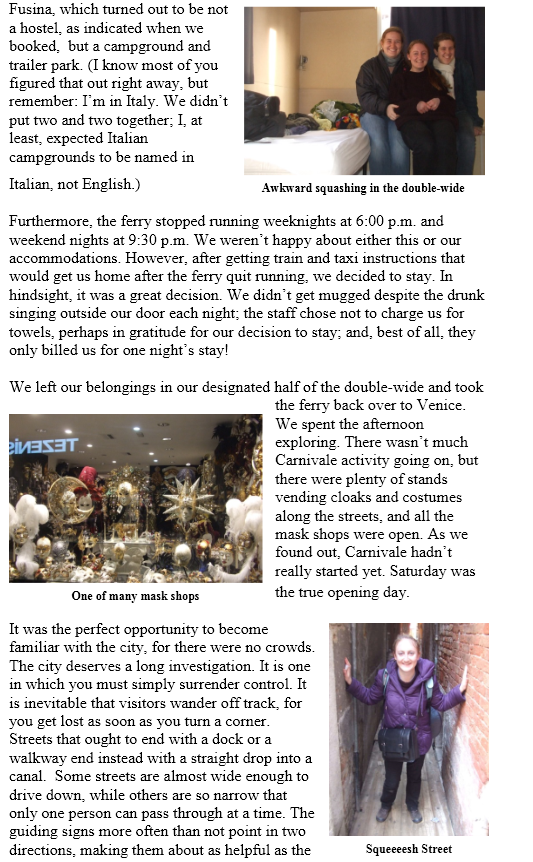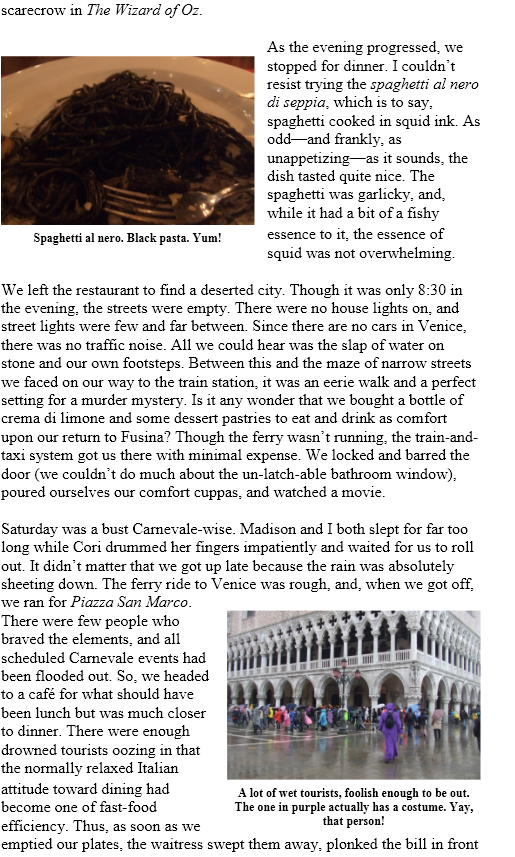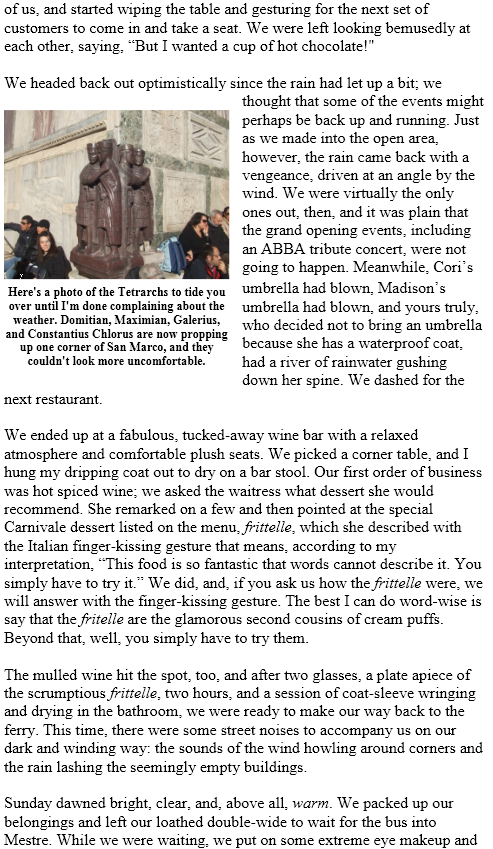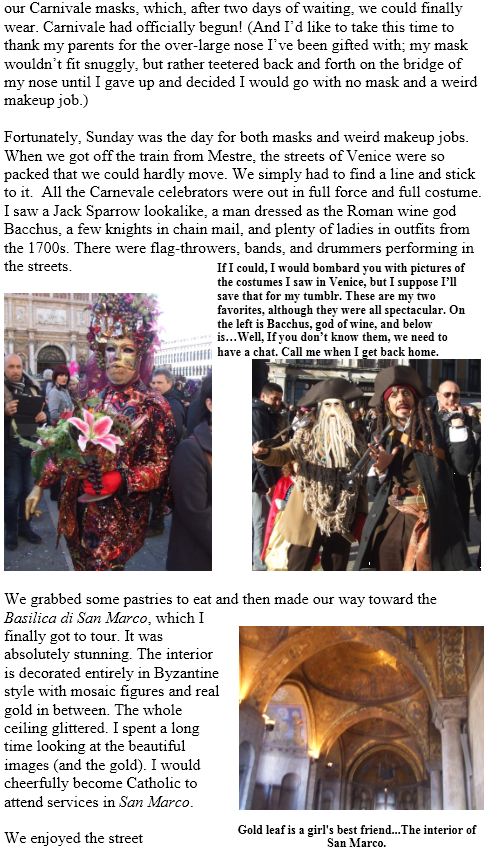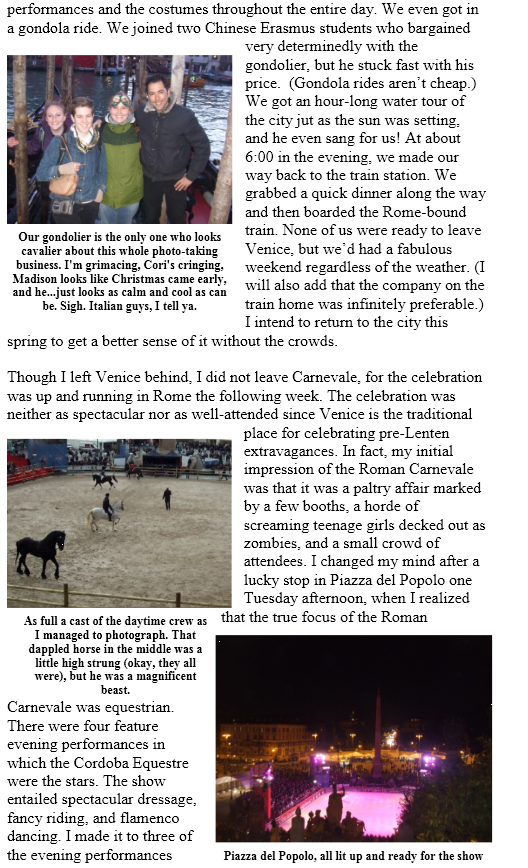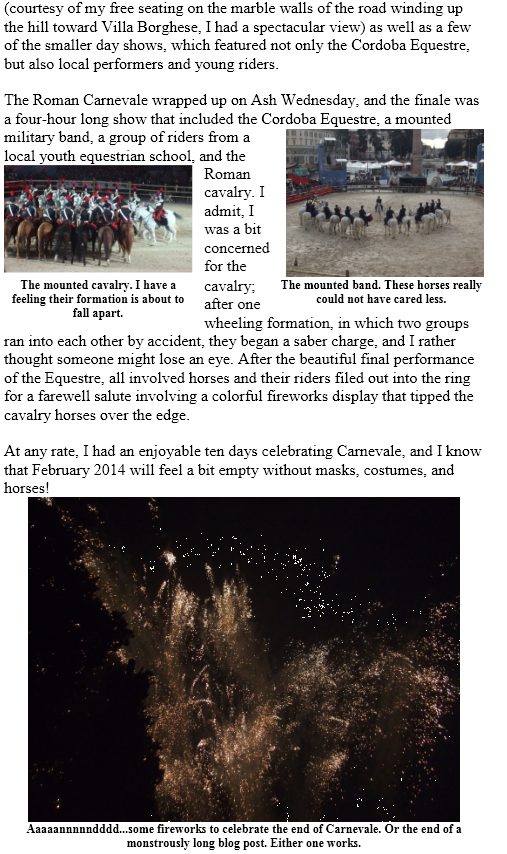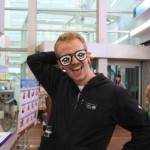Hola otra vez!
I am having a blast here in Ecuador, staying very busy just as the title says which means I unfortunately have not been able to blog for the past week and a half.
Last week was the first week of classes, but before I start with the classes, the ride to the Universidad de San Francisco de Quito is certainly interesting. Luckily, another girl on the program is staying with a host family next door and another guy only a few blocks away, so we go together to school. We start by walking down to our first busstop, just off off the major street, 10 de Augusto, where crossing the street is no easy task. We ride the bus, always only 25 cents, to the main terminal, Rio Coca, which is packed with people on their morning commute. We are told to hold on tightly to our belongs on the bus and keep them always in front of us. Next we get on our longer second bus ride and head down to the valley of Cumbaya, where the USFQ is located, an over 2000ft elevation change. We pass many interesting things on the way such as the slection field for the Ecuadorian National Soccer team and the MetroPista, Quito’s BMW bike arena. Getting to the university after our commute, we began with our Ecuadorian Ecosystems class, taught by our professor Hugo. Since we are only here for the summer, classes are pretty long, but we get a break. On the first day of class, we were surprised with a guest lecturer on the political climate of Ecuador, which has an imfamously instable past, however is nows on the path to success. After this class we had lunch at the large mall across the street from the university and started our next class, which is Advanced Spanish for me. We actually have two teachers for this class, Lidice & Claudia, because it is also pretty long, one for Grammar and one for Conversation. We are learning many practical skills in this class and my Spanish is getting better everyday! This first week of classes, we had four days, and on Friday, we were headed off to the Ecuadorian Amazon.
The university owns a research station in the Ecuadorian Amazon, called the Tiputini Biodiversity Station (TBS) and we were invited as guests to learn more about this ecosystem we had been discussing in our class. The station is located east of Quito in the Yasuni National Park and it took most of a day to get there. We flew a very short distance on an airplane to the town of Coca, along the Napo River, which feeds into the Amazon River, where we waited for our first canoe ride at a small resort with a resident squirrel monkey. We loaded up two large motorized canoes with all of our gear and headed two hours along the Napo, captained by an expert because the river’s depth varies greatly. We arrived at our first stop, a checkpoint which governs all entrances and exits in the Yasuni National Park however it is actually controlled by an Argentinian oil company which owns a large portion of the forest in the Ecuadorian Amazon. This is a large issue in Ecuador with many oil companies owning parts of the forest, exploiting the region for it’s natural resources of oil and unfortunately wreaking havic on the flora and fauna in one of the most biodiverse places on our planet. While Ecuador is trying to do something about this problem, almost one third of their national budget actually comes from this very exploitation of the oil in their country.
We got through the checkpoint and boarded an open window bus, which is actually more like the bed of a truck. We headed down the small Maxus Road, also built by the oil companies as they have opened up the Amazon forest for ease of access, for another close to two hours and finally got to the Tiputini River. We got on another, similar canoe and during this ride, we could see many of the plants and animals that we would be learning much about for the next few days at the station. After two hours, we finally got to the research station and we were welcomed with a brefing about the station and what it has to offer. The station is in the middle of the Amazon with basically nothing around it but plants and animals for many miles, so they try to make the least environmental impact as possible, but the food is actually quite good. We were escorted to our little cabins, without electricity for most the day or any hot water! We got situated and went to sleep early as our days starts early at 6:30am.
We met our guide, Freuland, and started out for our morning hike. I could not begin to tell you the amount of wildlife he showed us and that we could see along the trails at the station but I hope pictures will do it justice. We saw multiple groups of monkeys, frogs, turtles, ants, lizards, birds, trees such as the iconic Matapalos, butterflies, trekked through mud, and arrived at the canopy walk. We climbed a 8 story ladder to the tops of some of the tallest trees and walked on small bridges high above the ground, being able to see far into the distance…the lush ocean of Amazon greenery. It is amazing because there are so many species of trees here that in a small area you may not see the same one twice! After lunch we went on a similar ladder even higher onto a platform and we could see a large group of Woolly monkeys. On this first day of hiking, I was very drawn to the decomposers on the forest floor such as the many varieties of fungi, insects, leaf litter, and other bacteria. It decomposes very fast here due to the humidity, daily rains, and constant temperature. In the night, we went on a boat ride to look for more wildlife. We stumbled upon three caimans and a couple nocturnal birds, but the forest is very tranquil at night because there are many sounds coming from all sorts of creatures. We then learned about the station’s ongoing camera trap project which has cameras set up throughout their property meant to take picutres of wildlife in their natural habitat and possibility to catagorize new community members or species types.
The next day, we hiked out to the only lake on their property and boarded a small canoe. We saw that the trees around the lake had “mud” on their leaves and learned that this is so because the height of the lake varies greatly in short periods of time and the lake water fed from the white water Tiputini River has much sediment in it, so this is the “mud”. We spotted a group of birds froma distance and paddled closer. These large birds we the ancient Houtsin birds, and we saw a group of three or four. They are famous for their young, who hav long claws to hold onto the bottom of lakes or rivers when predators arrive and stay their until all is safe, VERY SMART! We also visited a leaf-cutter ant colony where we could see thousands of them, like an army, carrying leaves to bring back to decompose. Freuland says that this colony has been in the same located for 10+ years! On the way back we also saw turtles with butterflies surrounding them because the butterflies are attracted to the salt of the turtles heads and shells. In the afternoon, we went on a boat to the perfect swimming location in the Tiputini River, which has snakes, caimans, pirranuhs, and other parasites in it, but are not a great threat to humans luckily. The next morning, it was time to leave after our short, but amazing stay and we had to repeat the long, tiring voyage again to get out of the Amazon.
I am very thankful to have been able to participate in this experience and it has definitely made me more aware of nature and my surroundings in life. I hope that future generations will be able to experience this as well and that the oil companies do not over use the land. When we came back to Quito, we learned that the day we traveled to the Amazon, there was a 10,000 barrel oil spill in the Napo River that we canoed on, so problems continue to arise.
This past week, we had our second week of school and also took a day trip to the Andean Cloud Forest about two hours Northwest of Quito in the Inderandean valley, an entirely different ecosystem than the Amazon. We learned about many medicinal plants and we were able to see many new trees, birds, insects, a waterfall, and others at the Maquipacuna Wildlife Reserve near Mindo. This was a neat experience because the land was formerly Incan agriculture land, but now a group privately owns the reserve and has restored it into what it is today.
Adiós!

